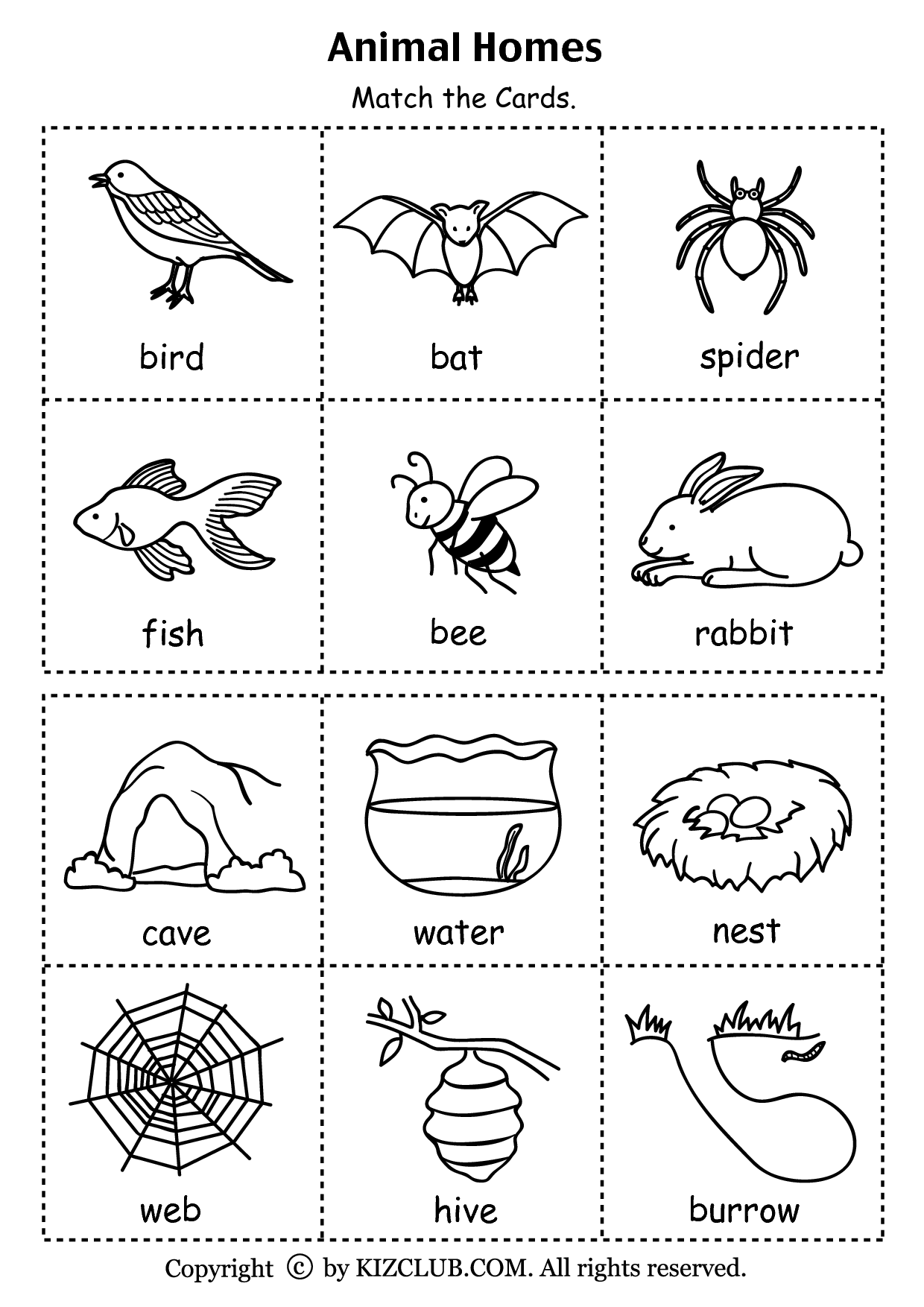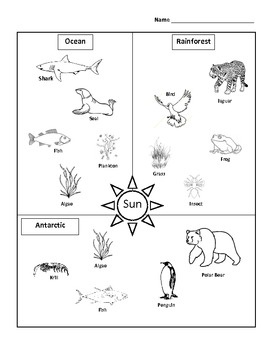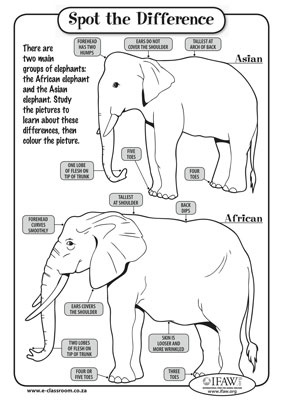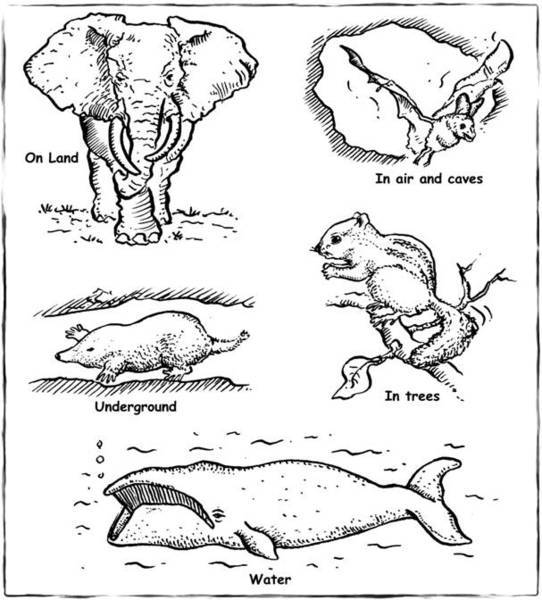1st Grade Habitat Worksheets
Habitat worksheets can be a valuable tool for 1st-grade students to learn about different environments and the creatures that live in them. The worksheets provide an engaging way for young learners to explore the concepts of habitats and understand the relationship between animals and their surroundings.
Table of Images 👆
More 1st Grade Worksheets
First Grade Reading Comprehension WorksheetsFirst Grade Reading Comprehension Worksheets
Telling Time Worksheets for First Grade
First Grade Clock Worksheets Printables
Writing Worksheets for 1st Graders
Easy 1st Grade Math Worksheets
Math Worksheets Subtraction 1st Grade
For First Grade Addition Worksheets
For First Grade Phonics Worksheets
Plural Nouns Worksheets 1st Grade
What is a habitat?
A habitat is the natural environment or home of an organism, providing the necessary resources and conditions for its survival, growth, and reproduction. It includes the physical surroundings, such as plants, water, shelter, and other living organisms, that create a suitable place for a particular species to live.
Name three different habitats.
Three different habitats are forests, deserts, and coral reefs.
What type of animals live in the ocean habitat?
A variety of animals live in the ocean habitat, including fish, marine mammals like dolphins and whales, crustaceans such as crabs and lobsters, mollusks like octopuses and squids, sea turtles, sharks, and a diverse range of marine organisms from tiny plankton to large whales.
What type of animals live in the desert habitat?
Animals that live in the desert habitat are adapted to the extreme temperatures and limited water availability. Some common desert animals include camels, rattlesnakes, scorpions, coyotes, kangaroo rats, and fennec foxes, among others. These creatures have developed specific physical and behavioral adaptations to survive in the harsh desert environment.
What type of animals live in the forest habitat?
Various types of animals live in the forest habitat, including mammals like bears, deer, squirrels, and foxes, as well as birds such as owls, hawks, and woodpeckers. Reptiles like snakes and lizards, amphibians such as frogs and salamanders, and a multitude of insects also call the forest home. The forest ecosystem is rich in biodiversity, supporting diverse species that have adapted to thrive in this environment.
How do animals in the Arctic habitat stay warm?
Animals in the Arctic habitat stay warm through a variety of adaptations such as having thick fur or feathers, a layer of blubber for insulation, a smaller surface area to volume ratio to minimize heat loss, and in the case of some marine mammals like whales and seals, countercurrent heat exchange systems that prevent heat loss in extremities. Additionally, some animals hibernate or migrate to avoid the coldest parts of winter.
What type of plants grow in the rainforest habitat?
The rainforest habitat is home to a diverse range of plants, including towering trees like mahogany, kapok, and brazil nut trees, as well as dense undergrowth of various ferns, orchids, bromeliads, and vines. The lush environment of the rainforest supports a wide array of plant species adapted to the warm, humid conditions, with many plants utilizing strategies such as epiphytism, buttress roots, and drip tips to thrive in this unique ecosystem.
Describe the characteristics of a grassland habitat.
A grassland habitat is characterized by vast expanses of grasses and other herbaceous plants, with few trees or shrubs present. These habitats typically experience seasonal fluctuations in temperature and precipitation, leading to hot summers and cold winters. Grasslands are home to a diverse array of wildlife, including grazing mammals like bison and antelope, as well as a variety of birds, insects, and reptiles. The grasses in these habitats have deep root systems that help them survive droughts and fires, making grasslands resilient ecosystems that provide valuable resources for both wildlife and humans.
What adaptations do animals have in the mountain habitat?
Animals in mountain habitats have several adaptations to survive in their environment, such as thick fur or feathers to keep warm, large, strong claws for climbing, powerful legs to traverse steep terrain, keen sense of smell and vision to detect predators or prey, and the ability to store food during scarce periods. These adaptations help animals thrive in the challenging conditions of mountainous regions.
How do animals survive in their specific habitats?
Animals survive in their specific habitats through a combination of physical adaptations, behavioral strategies, and evolutionary traits that help them obtain food, find shelter, reproduce, and avoid predators. These adaptations may include camouflage, mimicry, specialized diets, burrowing, migration, hibernation, and a variety of other techniques that allow them to thrive in their environments and fulfill their ecological roles. Ultimately, the ability of animals to survive in their habitats is a result of millions of years of natural selection favoring traits that increase their fitness and help them to successfully navigate and exploit their surroundings.
Have something to share?
Who is Worksheeto?
At Worksheeto, we are committed to delivering an extensive and varied portfolio of superior quality worksheets, designed to address the educational demands of students, educators, and parents.



























Comments